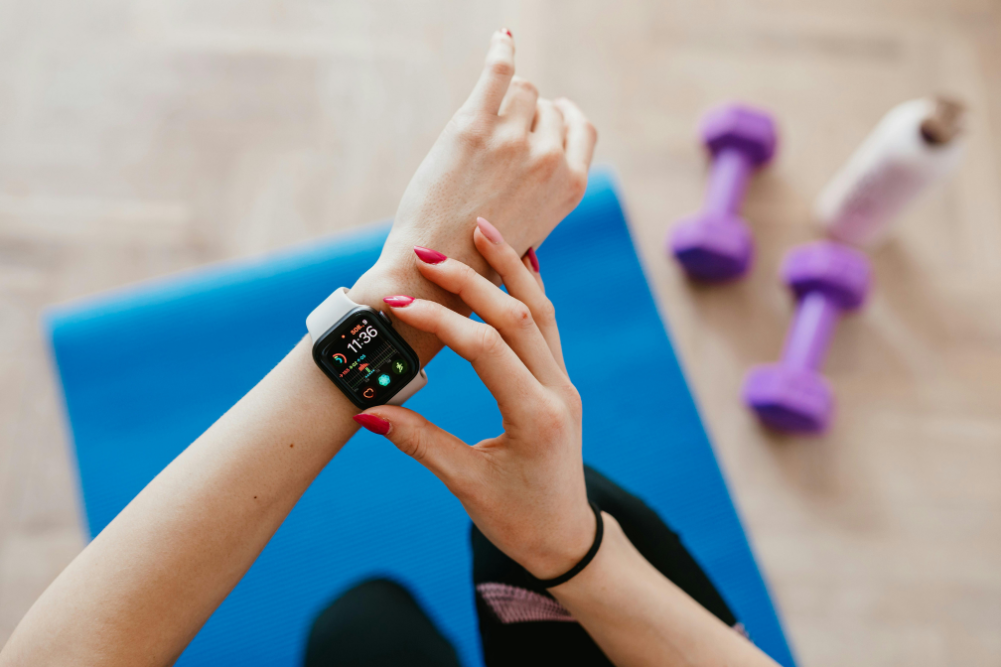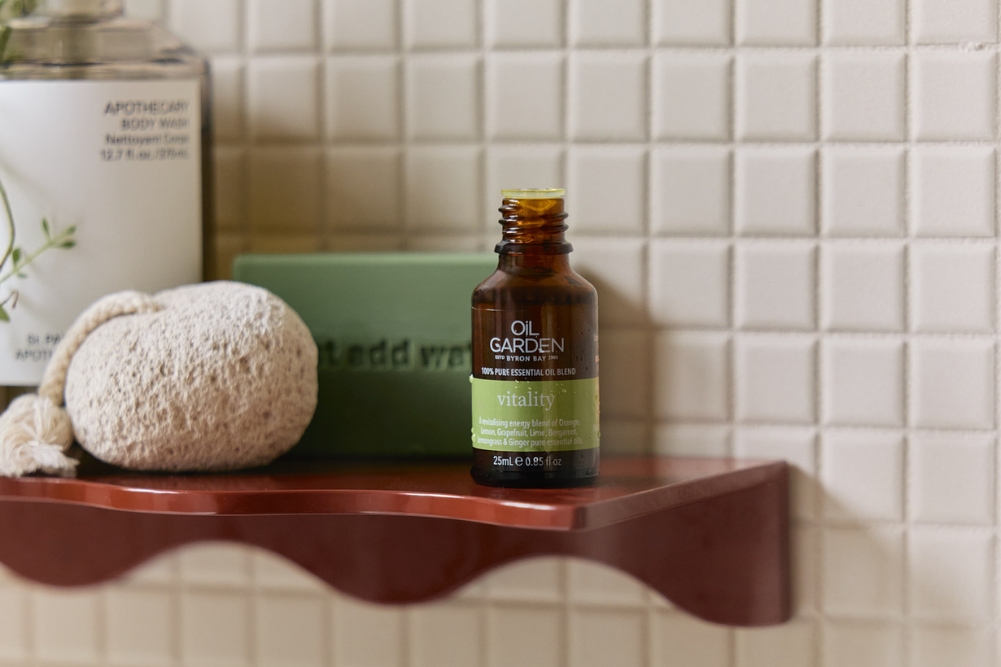The hard-hitting 25
Just 25 minutes of this HIIT workout can boost strength, mood and focus—making it the perfect workout for a busy, wellness-focused lifestyle.
Finding an effective and efficient workout routine can be a challenge, especially with a busy work-family life. This is where high-intensity interval training (HIIT) makes its compelling case. With workouts lasting merely 25 minutes, HIIT not only fits seamlessly into our busy lives, but also plays a significant role in enhancing overall wellness. By targeting multiple muscle groups, providing cardiovascular benefits and promoting mental clarity, 25 minutes of HIIT can deliver impactful results that resonate throughout your work week and beyond.
HIIT workouts stimulate the release of endorphins, the “feel-good” hormones that can alleviate stress and anxiety. This not only enhances mood but may also improve focus and productivity in work-related tasks. Given that workplace stress is a common challenge in today’s fast-paced environment, the mental clarity gained from a 25-minute HIIT session can serve as a significant boost, enabling you to approach your work with improved concentration and creativity.
For many, the primary goal of any fitness regimen is muscle building and enhancing physical strength. However, more people are recognising that it forms the foundation of wellness by encompassing a holistic approach to health, which includes physical, mental and emotional wellbeing. Regular exercise is the first and foremost aspect of achieving wellness, and HIIT specifically addresses these facets effectively. The short bursts of intense exercise are not only physically invigorating but also foster a greater sense of mental resilience.
Why it’s effective
Understanding why only 25 minutes of HIIT can create a significant impact on your body is key to appreciating its efficacy. The methodology behind HIIT is rooted in its ability to drive your body to work at maximum capacity for short durations. Here’s how:
Intensity over duration: The essence of HIIT lies in its high intensity. Engaging in exercises at near-full effort for short bursts elevates your heart rate rapidly, leading to a higher calorie burn even after you’ve completed your workout. This phenomenon, known as excess post-exercise oxygen consumption (EPOC), means that your body continues to burn calories long after the workout is done.
Efficient time utilisation: With just 25 minutes, you can effectively combine cardio and strength training, maximising the potential of each session. Instead of spending hours doing a traditional gym routine, HIIT offers a time-efficient alternative that allows for comprehensive conditioning of both aerobic and anaerobic systems.
Variety and adaptability: A 25-minute HIIT workout can easily be tailored to fit your specific needs and preferences, making it easy to keep the routine fresh and engaging. You can include a variety of exercises that challenge different muscle groups, circumventing workout fatigue and maintaining motivation.
Rest periods improve performance: The short rest intervals in HIIT are crucial. They allow for a brief recovery that enables you to push harder during the intense phases. This recovery also leads to improved performance, as you’re able to maintain a high heart rate throughout the workout.
Major muscle groups
Throughout a HIIT workout, multiple muscle groups are activated in rapid succession, promoting increased strength and endurance. This polyarticular approach leads to functional fitness gains, translating to improved performance in daily activities. Here’s a quick overview of the major muscle groups involved:
Lower body: Engaging the leg muscles through squats, lunges and jumps builds both muscle strength and power, crucial for activities such as walking, running and climbing stairs.
Core: A strong core helps stabilise the entire body, from improving posture to enhancing balance, which is beneficial for both athletic performance and daily life.
Upper body: By targeting the arms, shoulders and chest, HIIT enhances upper-body strength, improving functional capabilities such as lifting and pushing.








